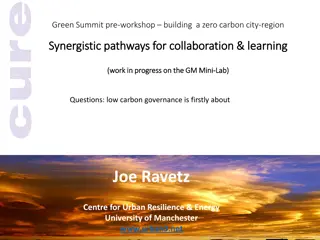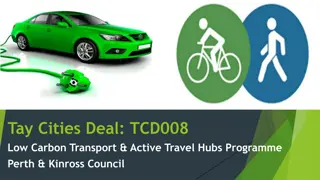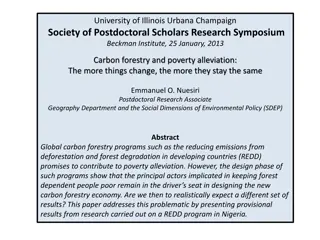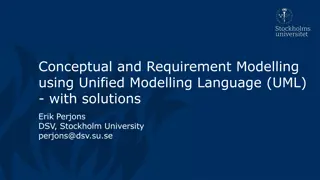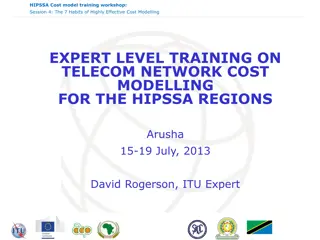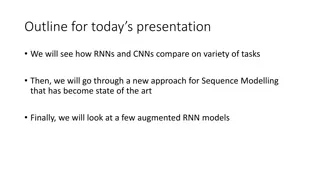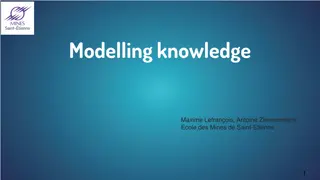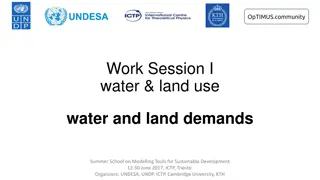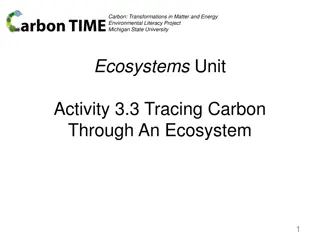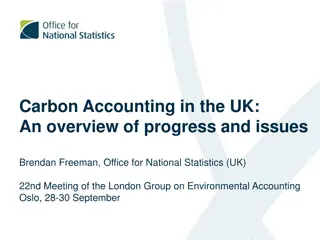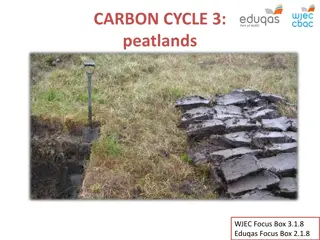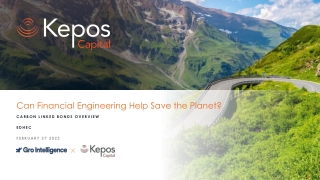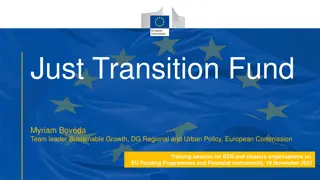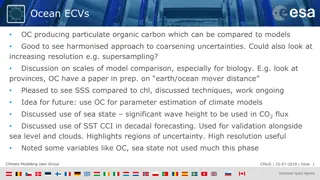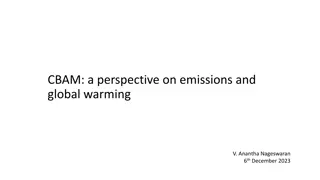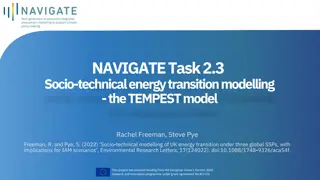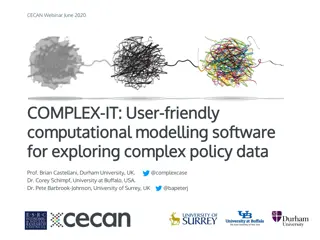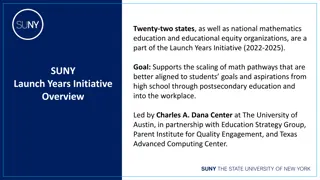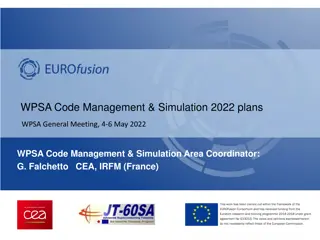Developing a Modelling Platform for Low-Carbon Transition Pathways in Europe
This project focuses on creating a transparent and integrated modelling platform for assessing low-carbon transition pathways in Europe. Key components include a common data format, a common nomenclature, and model integration via a central data hub. The aim is to facilitate understanding of the energy transition and support comparisons of data across spatial and sectoral scales.
Download Presentation

Please find below an Image/Link to download the presentation.
The content on the website is provided AS IS for your information and personal use only. It may not be sold, licensed, or shared on other websites without obtaining consent from the author. Download presentation by click this link. If you encounter any issues during the download, it is possible that the publisher has removed the file from their server.
E N D
Presentation Transcript
A common nomenclature for assessing low-carbon transition pathways in Europe and tools supporting an integrated modelling platform Daniel Huppmann, Sandrine Charousset, Erik Francisco lvarez Quispe, Sebastian Zwickl-Bernhard, Thorsten Burandt, Volker Krey, and the openENTRANCE consortium Video-Poster at the Energy Modelling Platform for Europe (EMP-E) 2020 This project has received funding from the European Union s Horizon 2020 research and innovation programme under grant agreement No. 835896 This presentation and the recording are licensed under a Creative Commons Attribution 4.0 International License
Aim: a modelling platform for the European energy transition The openENTRANCE project aims at developing a transparent & integrated modelling platform for assessing low-carbon transition pathways in Europe. The IIASA Scenario Explorer was developed to provide access to the quantitative data supporting the IPCC Special Report on Global Warming of 1.5 C. It is now further expanded into a versatile hub for model integration The project links macro-economic & energy system models, and provides economic & human behavioural data relevant for understanding the energy transition. and data comparison. software.ene.iiasa.ac.at/ixmp-server/ The IIASA Scenario Explorer infrastructure serves as a central data hub to integrate models across spatial & sectoral scales. 2
The key components for model integration (1/3) Three ingredients to connect models via a central data hub: 1. A common data format We adapt the format developed by the Integrated Assessment used by the IPCC WG III and numerous Horizon 2020 & other projects. Integrated Assessment Modeling Modeling Consortium (IAMC) Consortium (IAMC) A B C D E F 2015 G 2020 H 2025 Model Scenario Region Variable Unit 1 69.9 65.7 GENeSYS-MOD Societal Commitment Europe Primary Energy EJ/y ... 2 In openENTRANCE openENTRANCE, we extend the format to work with subannual time resolution. 3
The key components for model integration (2/3) 2. A common nomenclature (naming conventions, definitions, list of regions) We need a common understanding common understanding across all modelling teams on the naming of key variables, regional (dis)aggregation and temporal resolution We started a collaborative process collaborative process on GitHub to facilitate an open discussion and a clear history of changes. The nomenclature is implemented as yaml yaml- -format dictionary files to strike a balance between (human) readability vs. (machine) processability. format dictionary files Final Energy: description: Total final energy consumption by all end-use sectors and all fuels, excluding transmission/distribution losses unit: EJ/yr Link to the Github repo: github.com/openENTRANCE/nomenclature 4
The key components for model integration (3/3) 3. Shared workflow scripts, processing tools, and analysis/visualization packages The nomenclature comes with a simple, installable Python package providing validation tools and utility functions validation tools and utility functions for conforming to the common data format and definitions The openENTRANCE data format can fully utilize the open-source Python package pyam for scenario processing, analysis & visualization pyam More information: pyam-iamc.readthedocs.io Note: the Python packages are intended as a useful resource for modelling teams, but it is not mandatory not mandatory that they are used in the openENTRANCE project! 5
Related event at EMP-E Join the EMP on infrastructure for model integration and open science (Thursday Oct 8) co-organized with our partner projects EMP- -E 2020 E 2020 Focus Group 5 Dr. Daniel Huppmann Research Scholar IIASA Energy Program www.iiasa.ac.at/staff/huppmann | huppmann@iiasa.ac.at @daniel_huppmann This presentation is licensed under a Creative Commons Attribution 4.0 International License 6






